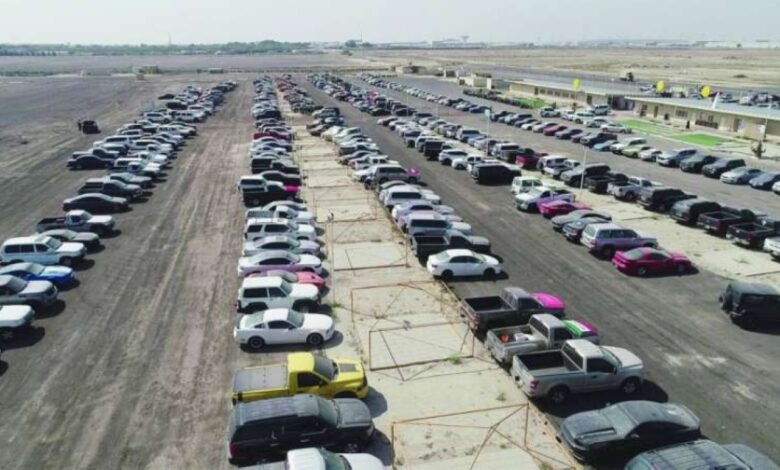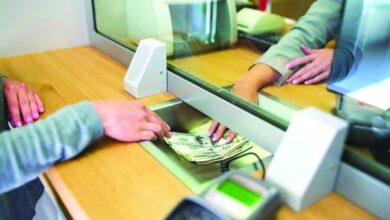Municipality plans cameras, sound procedures to improve vehicle impoundment process
These steps aim to improve transparency, reduce delays, and ease the burden on vehicle owners, while enhancing the overall efficiency of the impoundment centers.

Following a directive from senior municipal management, the relevant department is developing solutions to enhance the workflow at vehicle impoundment centers in the Amghara and Mina Abdullah areas.
The improvements being considered include equipping lifting and transport vehicles with cameras, activating notifications through the “Sahel” app, reducing bureaucratic steps, and facilitating the vehicle return process.
Municipality sources revealed to Al-Rai that Mishaal Al-Azmi, Deputy Director General for Services, is personally investigating multiple complaints related to the outdated procedures used for lifting and transporting vehicles to impoundment sites. Currently, small-sized towing vehicles are used that do not suit all vehicle types, often resulting in damage to the vehicles during transport.
The sources explained the current enforcement and impoundment process, where road occupancy departments place warning stickers on offending vehicles and rely on photographing these stickers as proof of violation.
This approach, however, contradicts the electronic transformation efforts underway across government agencies to modernize procedures.
To release a vehicle, the owner must visit several locations: first, the governorate’s Roads and Transport Department; then the impoundment site to pay fines and fees; and finally return to the impoundment center to submit a release report.
This lengthy and complicated process is burdensome for citizens and expatriates alike, especially if the vehicle owner is abroad. In such cases, the municipality will impound the vehicle and charge the owner for violations and transport fees.
Another issue raised is the high cost of vehicle release, exacerbated by the fact that impounded vehicles often have flat tires and cannot be driven out, necessitating the rental of flatbed trucks. Sources emphasized the urgent need to install surveillance cameras around the impoundment sites, which currently consist only of fenced areas without proper monitoring.
Among the proposals under review by the municipality are equipping towing vehicles with cameras to record the lifting and transport process, sending automated notifications via the Sahel app to inform owners when their vehicles have been impounded, consolidating all release procedures into a single department to simplify the process, and allowing owners to specify alternative return locations for their vehicles with an additional fee applied.
These steps aim to improve transparency, reduce delays, and ease the burden on vehicle owners, while enhancing the overall efficiency of the impoundment centers.












